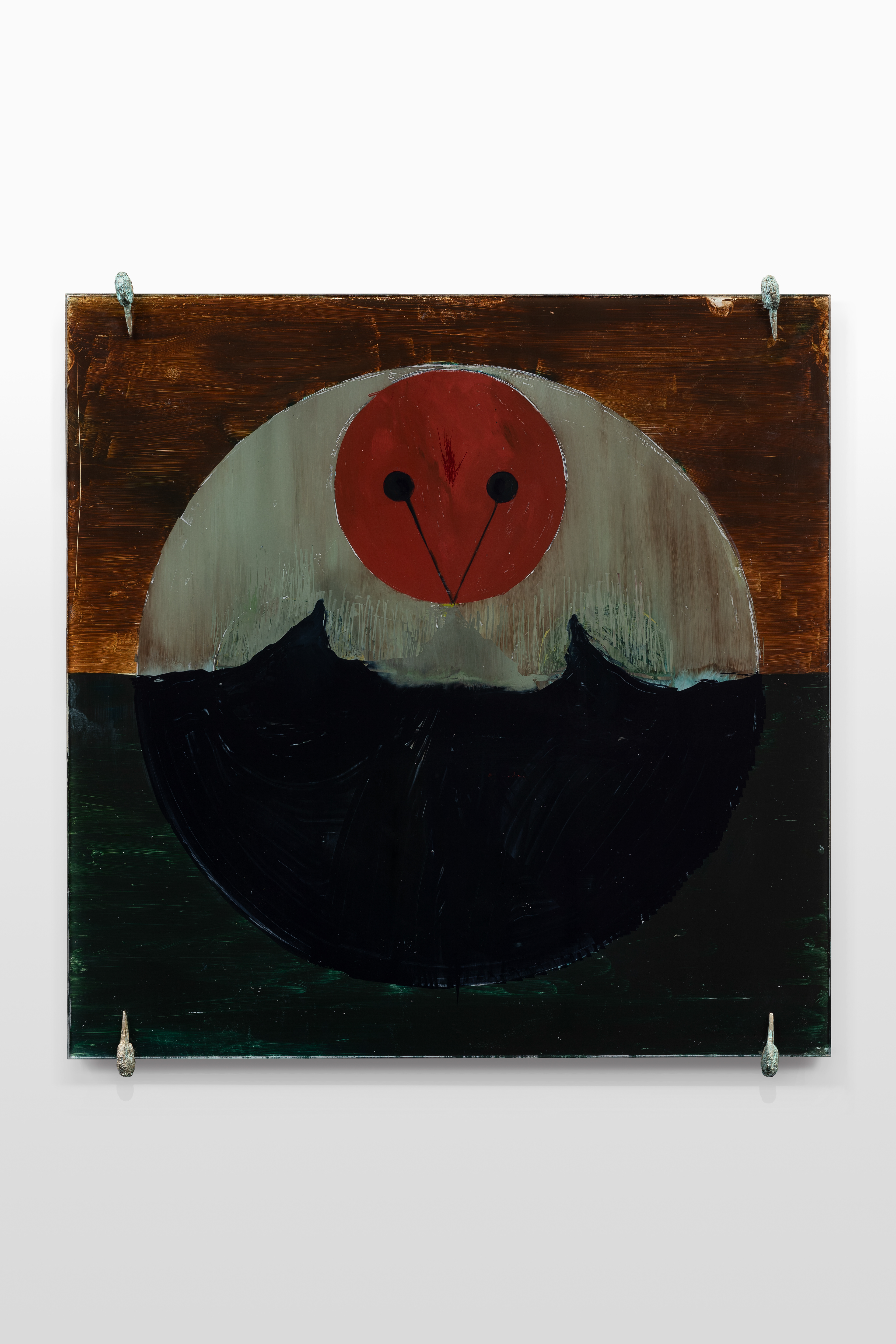
Na macan tíre: two wolves, 2024 oil on toughened glass 50.0 x 50.0 cm

Easca na gcorr: the marsh of the herons, 2024 oil on toughened glass, bronze 70.0 x 50.0 cm
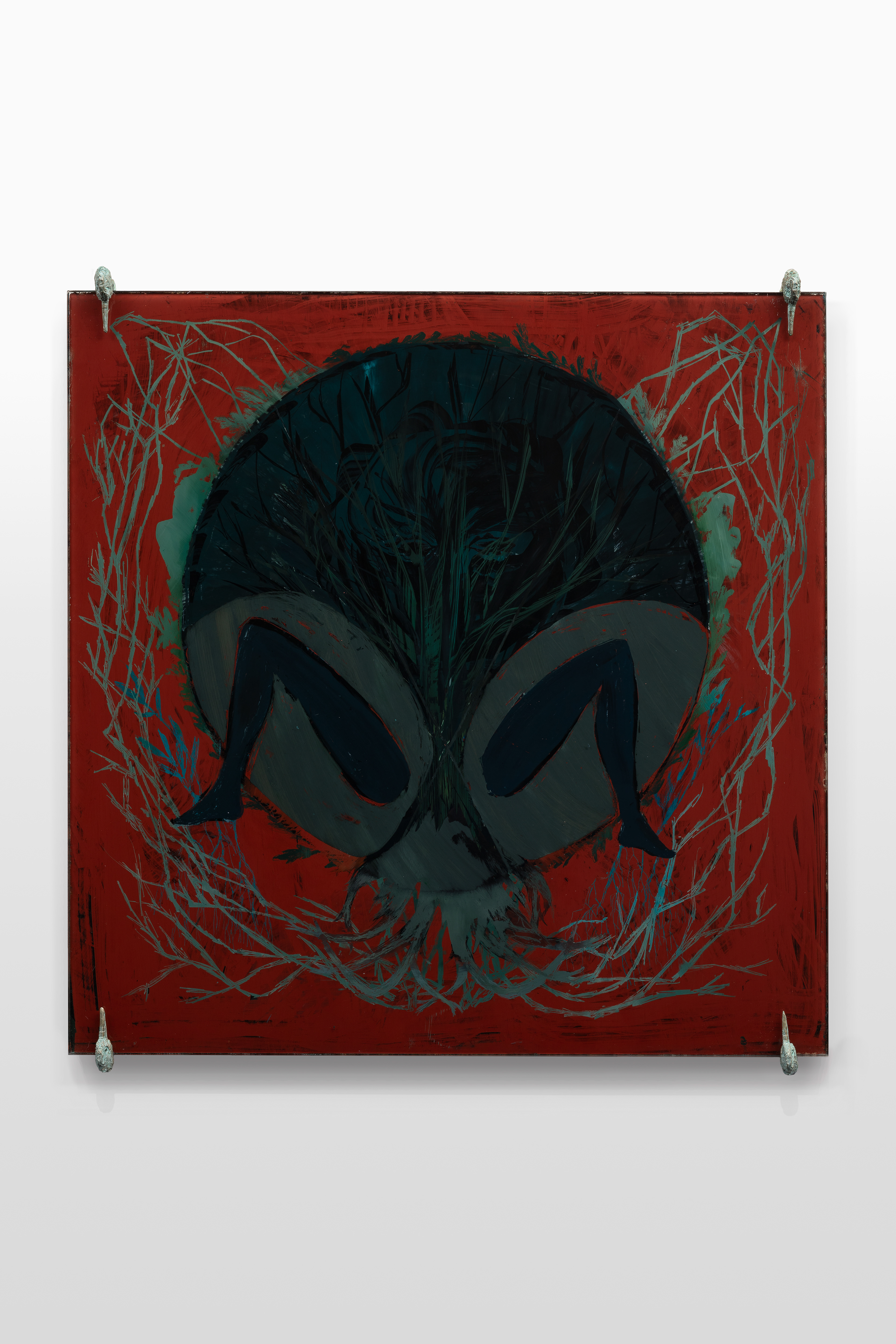
Fliucdhoire/wet oak wood, 2024 oil on toughened glass, bronze 50.0 x 50.0 cm

Glaic na feannoigge: the hollow of the grey crow, 2024 oil on toughened glass, reclaimed Eucalyptus marginata 100.0 x 100.0 cm

Lag an róise: the hollow of the rose, 2024 oil toughened glass, bronze 60.0 x 45.0 cm

Moine chille Bhride: the bog of Cill Bhride, 2024 oil on toughened glass, reclaimed Pinus sylvestris 130.0 x 130.0 cm
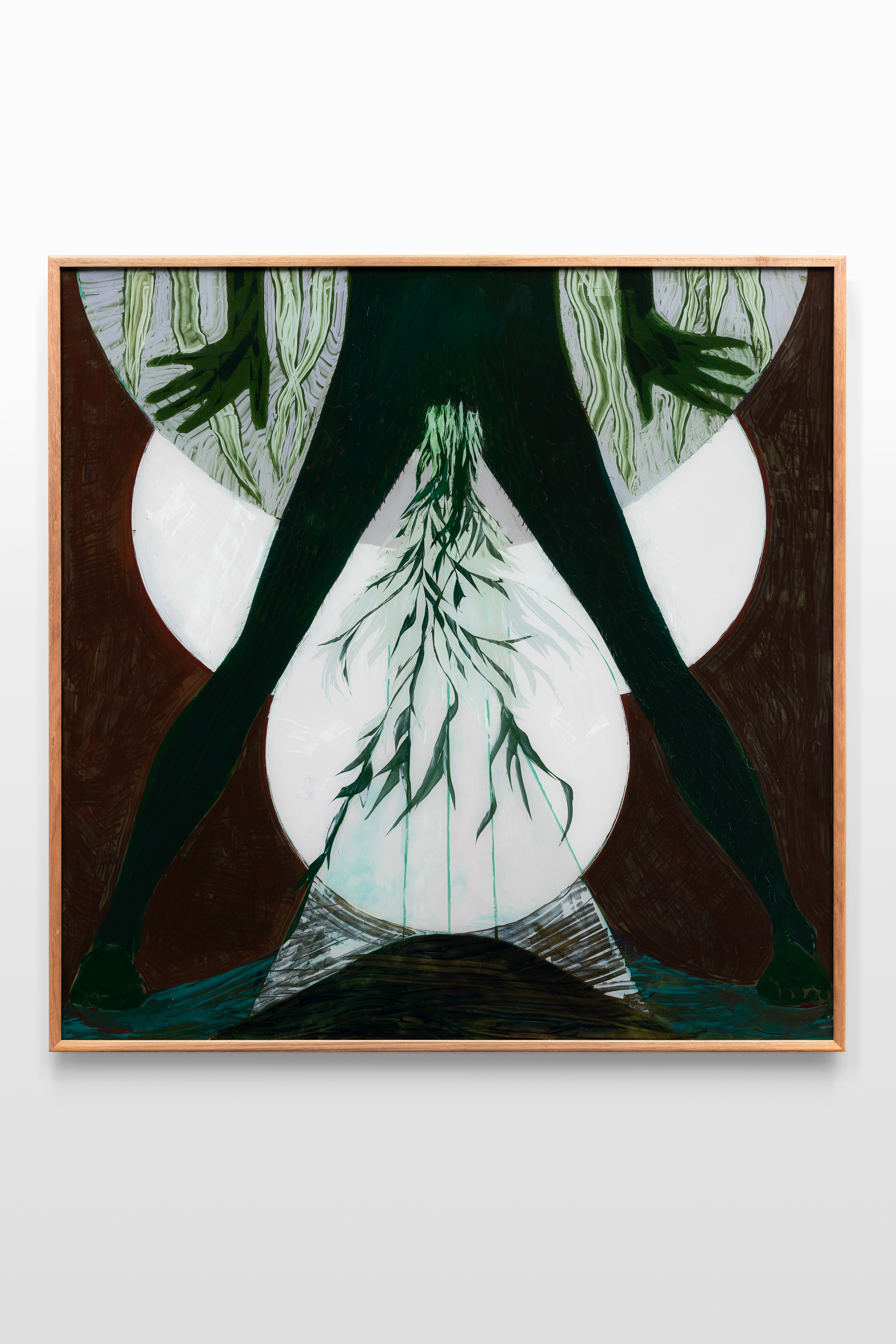
Sruthan an choire: the stream of the cauldron, 2024 oil on toughened glass, reclaimed Eucalyptus (species unknown) 110.0 x 110.0 cm

Uamha Breacáin: the cave of Breacán, 2024 oil on toughened glass, bronze 70.0 x 70.0 cm
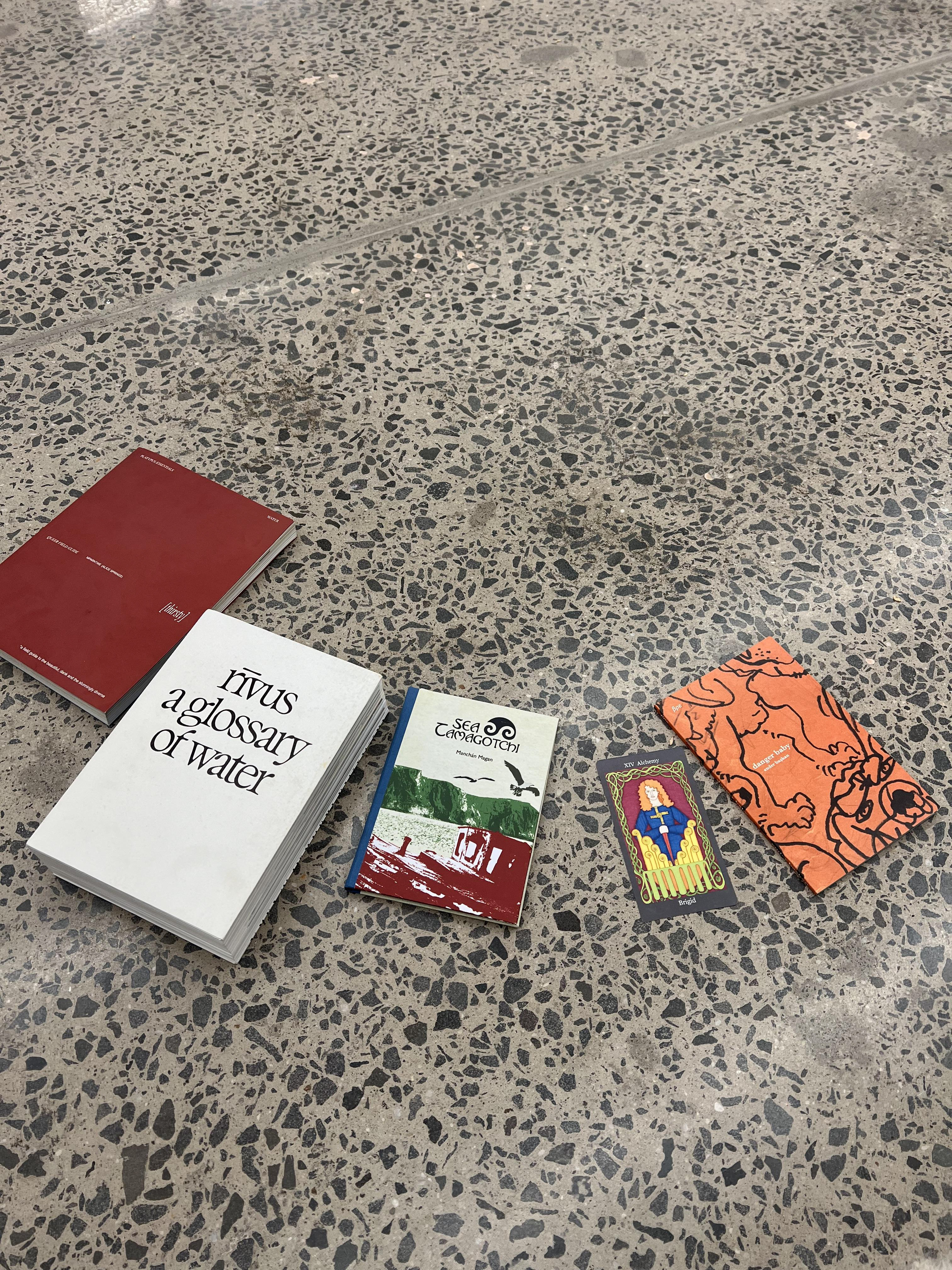
Reading list, close-readers event
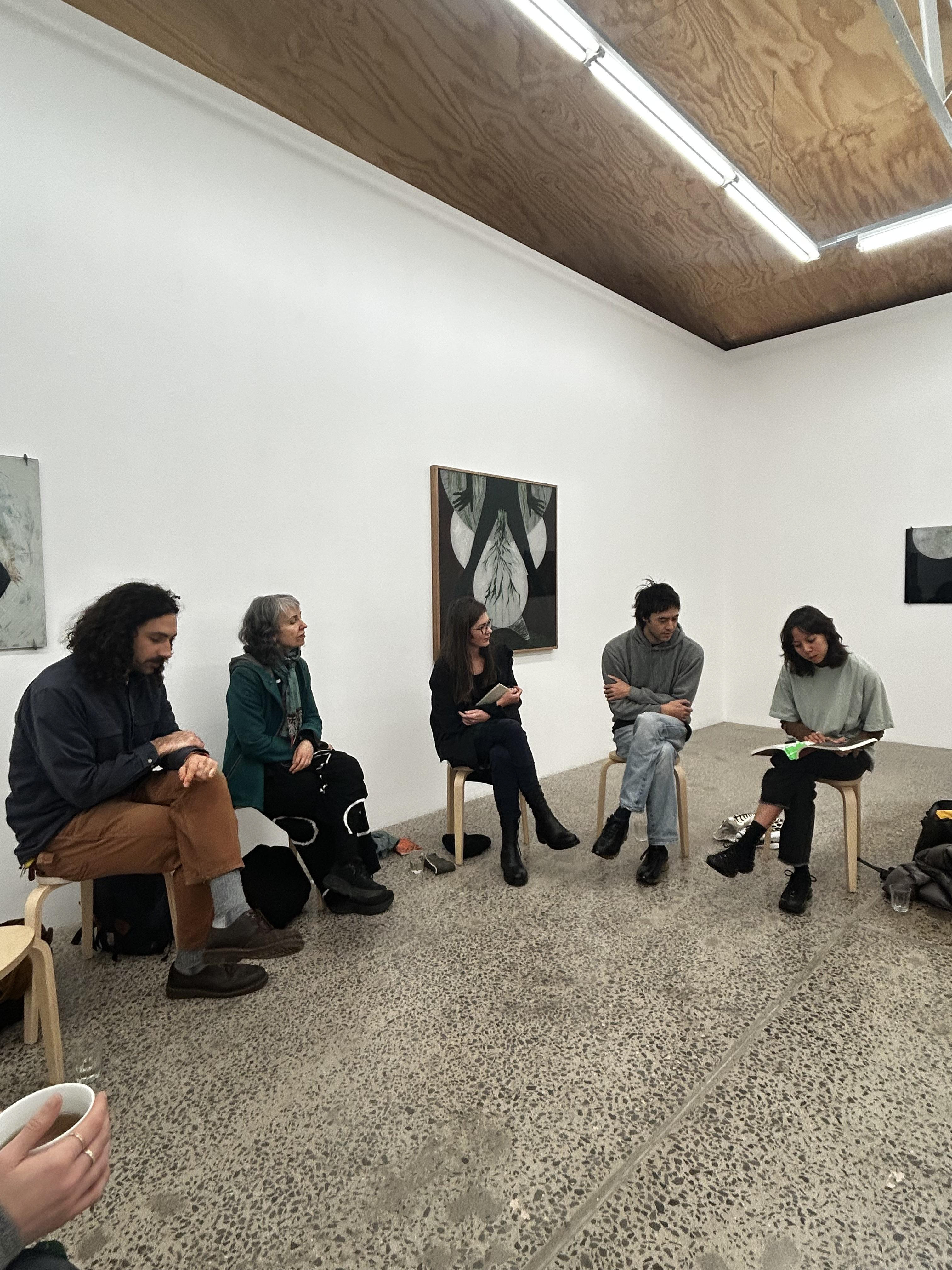
close-readers event
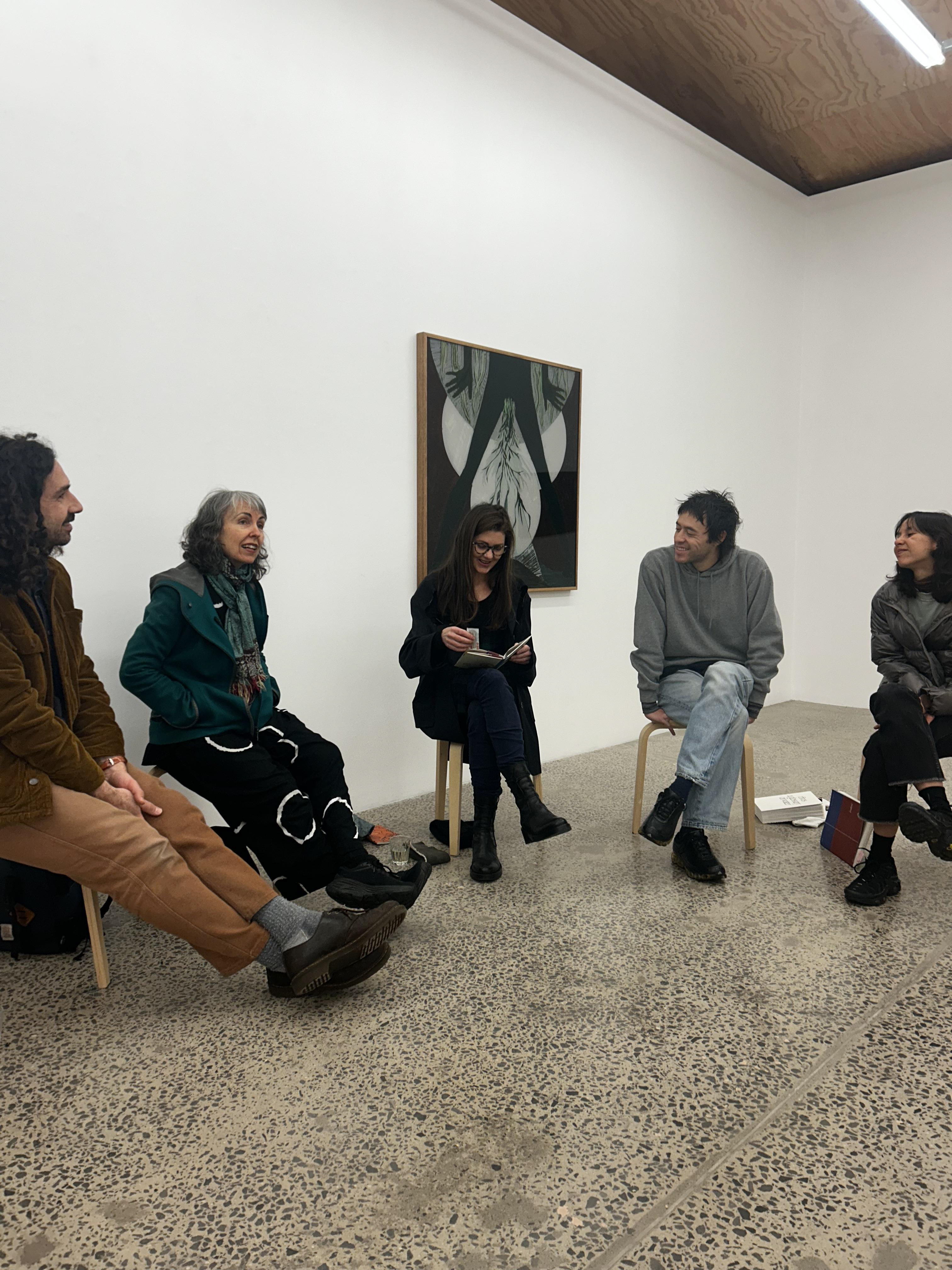
close-readers event
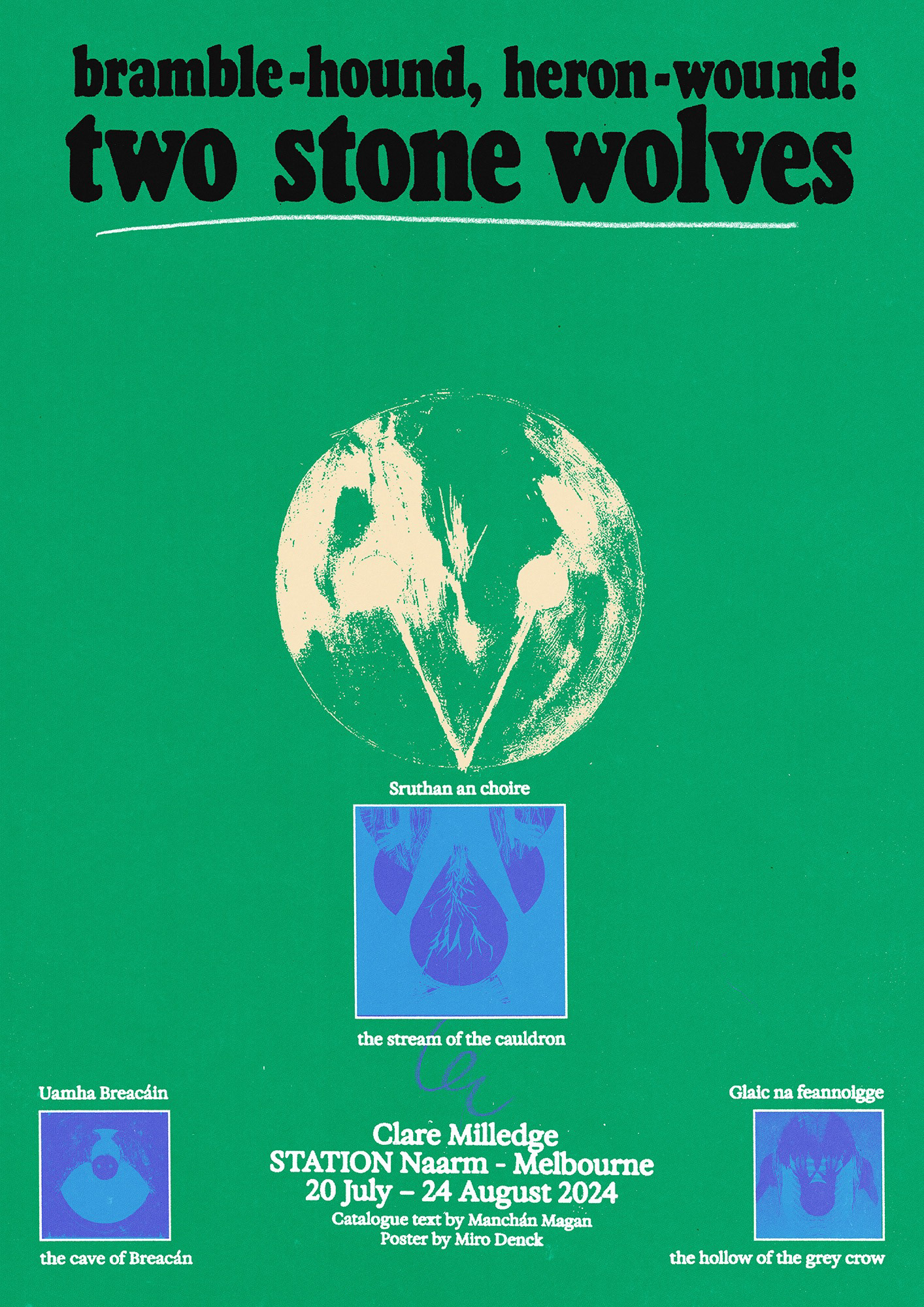
exhibition poster by Miro Denck
solo exhibition
bramble-hound, heron-wound: two stone wolves
STATION Naarm/Melbourne
20 July – 24 August 2024
catalogue essay
Manchán Magan
Manchán Magan
photography
Jessica Maurer
Jessica Maurer
L – R from top
Na macan tíre: two wolves, 2024
oil on toughened glass, bronze
50.0 x 50.0 cm
Easca na gcorr: the marsh of the herons, 2024
oil on toughened glass, bronze
70.0 x 50.0 cm
Fliucdhoire/wet oak wood, 2024
oil on toughened glass, bronze
50.0 x 50.0 cm
Glaic na feannoigge: the hollow of the grey crow, 2024
oil on toughened glass, reclaimed Eucalyptus marginata
100.0 x 100.0 cm
Lag an róise: the hollow of the rose, 2024
oil toughened glass, bronze
60.0 x 45.0 cm
Moine chille Bhride: the bog of Cill Bhride, 2024
oil on toughened glass, reclaimed Pinus sylvestris
130.0 x 130.0 cm
Sruthan an choire: the stream of the cauldron, 2024
oil on toughened glass, reclaimed Eucalyptus (species unknown)
110.0 x 110.0 cm
Uamha Breacáin: the cave of Breacán, 2024
oil on toughened glass, bronze
70.0 x 70.0 cm
Reading list, close-readers event
Poster by Miro Denck